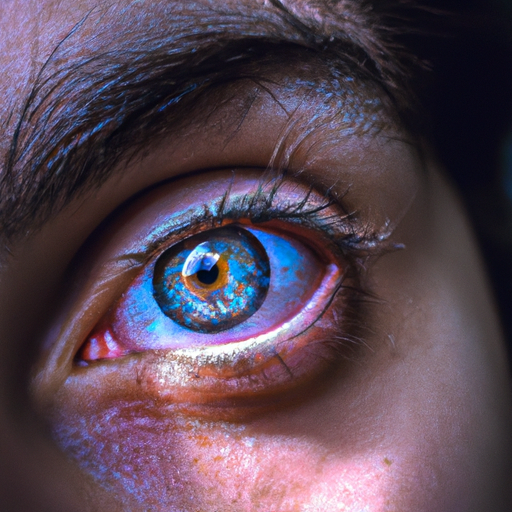As a medical professional, I often encounter patients who are concerned about the dark circles under their eyes. These shadows can be a source of self-consciousness and frustration, often leading individuals to seek remedies that promise quick results. However, it’s crucial to understand the underlying causes and effective treatments for this common condition. This article aims to provide a comprehensive guide to treating dark circles under the eyes.
Dark circles, medically known as periorbital hyperpigmentation, are characterized by a darkened appearance of the skin under the eyes. They can affect anyone, irrespective of age, gender, or ethnicity, but are more noticeable in individuals with fairer skin or deep-set eyes.
Several factors contribute to the development of dark circles. The most common include aging, hereditary predisposition, lack of sleep, stress, dehydration, and certain lifestyle habits like smoking or excessive alcohol consumption. Additionally, medical conditions such as allergies, eczema, or thyroid disease can also lead to dark circles.
Understanding these causes is the first step towards effective treatment. If the dark circles are due to lifestyle factors or underlying medical conditions, addressing these issues is paramount. This may involve improving sleep hygiene, managing stress levels, maintaining adequate hydration, and adopting a healthier lifestyle. If allergies are the culprit, antihistamines or topical creams may be prescribed to alleviate symptoms.
In cases where dark circles are a result of aging, treatments focus on rejuvenating the under-eye area. As we age, our skin naturally loses collagen and becomes thinner, making the blood vessels beneath more visible and giving the appearance of dark circles. Topical retinoids can help stimulate collagen production and thicken the skin. Vitamin C serums are also beneficial as they can brighten the skin and boost collagen synthesis.
For those seeking more immediate or dramatic results, cosmetic procedures may be an option. These include dermal fillers to plump up the area, laser therapy to lighten the skin, or surgical procedures to remove excess fat or skin. However, these treatments should be considered only after a thorough discussion with a dermatologist or plastic surgeon about the potential risks and benefits.
In addition to these treatments, some home remedies can also help reduce the appearance of dark circles. These include cold compresses to reduce swelling and discoloration, tea bags which contain caffeine and antioxidants that can stimulate blood circulation, and cucumber slices which have a soothing and lightening effect on the skin.
It’s important to remember that everyone’s skin is different, and what works for one person may not work for another. Patience is key when it comes to treating dark circles, as most treatments take time to show results.
In conclusion, while dark circles under the eyes can be a cosmetic concern, they are rarely a sign of a serious medical condition. Understanding the underlying causes and implementing appropriate treatments can significantly reduce their appearance. However, it’s also essential to embrace our unique features and remember that our worth is not defined by our physical appearance. As a doctor, my advice is to prioritize your health and well-being above all else. With a balanced lifestyle and proper skincare regimen, you can banish those shadows and let your true beauty shine through.



